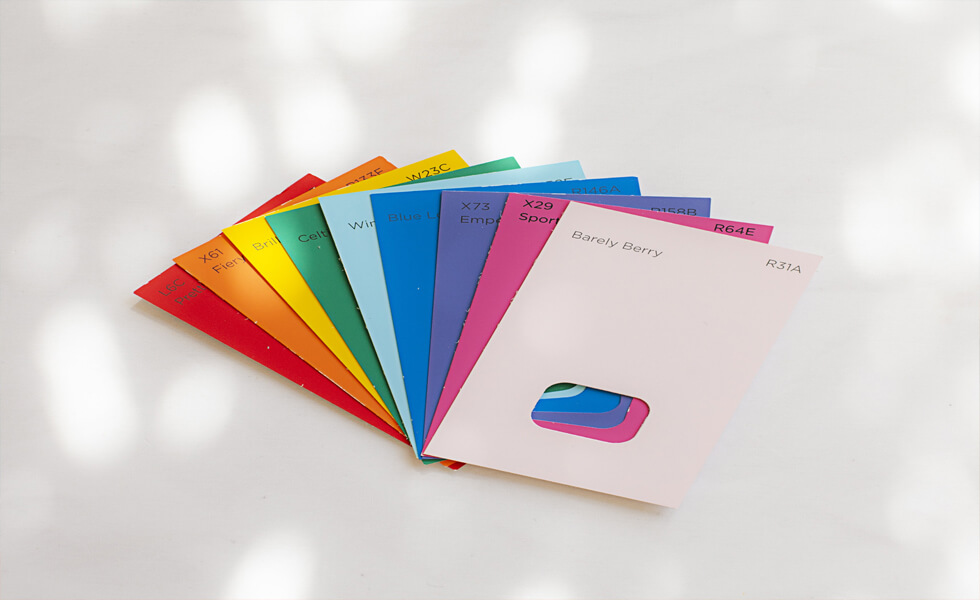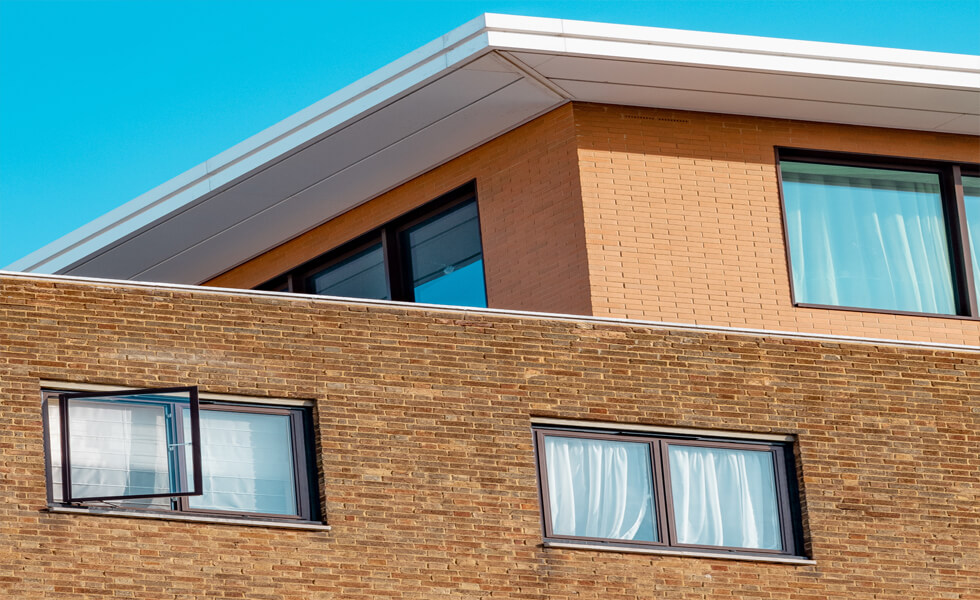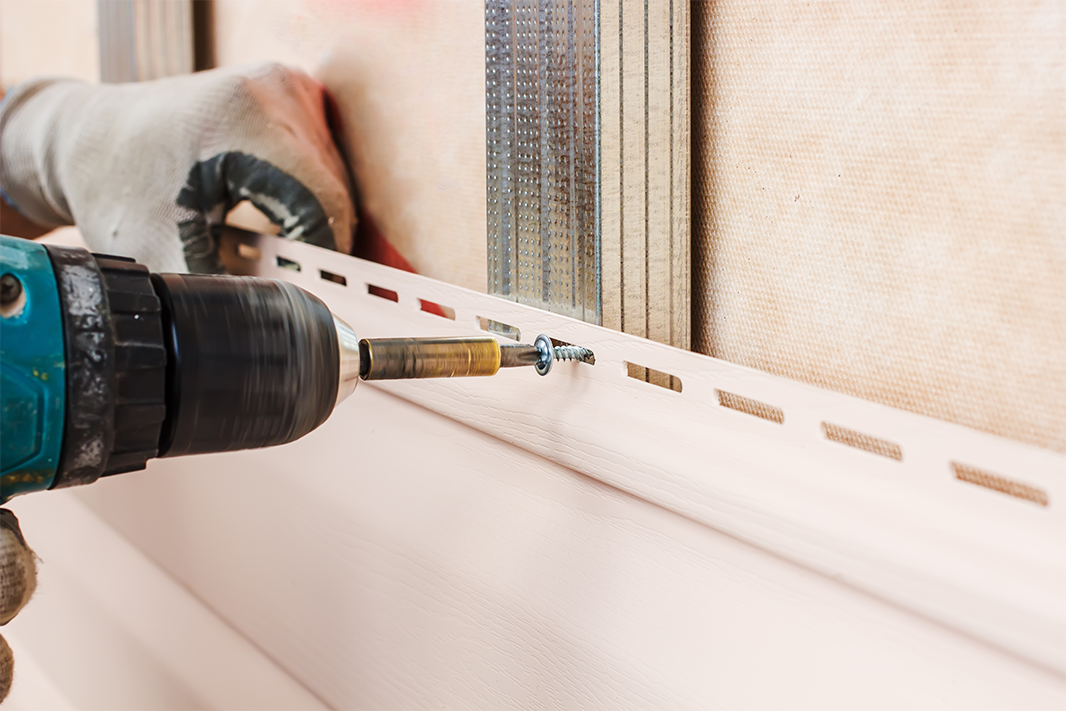
If you think of your home like a body, siding is like a skin that protects your home from the elements. That’s the functional aspect of it. But as a design element, siding gives your home personality and charm. Whether for a new build or replacement project, one of the most critical choices you’ll make is the siding color. The right siding color can boost curb appeal, bring out your home’s best features, and increase your home’s value. Conversely, the wrong siding color can make your home stand out like a sore thumb. Picking a new siding color can be fun but also intimidating. If you’re unsure where to start, we have some ideas that might help you with the selection process.
Take Your Architecture into Account
This goes without saying, but your home’s style can provide visual cues for siding color selection. Certain houses will naturally match with the original color schemes that they were suited for. Craftsman homes usually dark siding colors like hunter green, olive, or russet. Conversely, Victorian-style houses are painted with somber colors. At the same time, colonial homes are attractive finished in bright whites and light-colored pastels.
Browns and warm reds are great for mission style or rustic ranches. Arty or modern homes work great with variations on a neutral palette. You can use these as an initial foundation, but you don’t have to use any of the “true” colors if it doesn’t suit your tastes.
Check Out Other Homes in Your Neighborhood
It’s essential to look for inspiration from other homes in your neighborhood. While you’re free to pick any color you like, your selection should mesh well with your neighborhood’s color scheme. This is especially important if you’re planning to sell your home in the future. If your home stands out too much because of the siding color, it could negatively impact your resale value.
So, drive around and examine other homes, especially those that are of similar architectural style to yours. Based on what you see, you can choose a few shades lighter or darker. If your neighborhood is more on the eclectic side, you have more wiggle room for siding color.
Consider the Trim and Accents
Choosing a color for the exterior of your home is not just about the siding color. You have to consider the overall color scheme for the look to be cohesive. This means considering the color of your trim and other accents such as fascia, soffits, shutters, and gingerbread.
You can have the trim in the same color as your siding, but a few shades lighter or darker. With accents, choose contrasting colors to help the details pop out and outline finer points of interest.

Strive for Contrast
Your roof will probably last for 20 to 30 years. As such, your roof’s color should be a top factor to consider when choosing the perfect siding for your home. Generally, the siding and roof should be in contrasting colors. If your roofing material is dark, you’ll want to pair it with light siding and vice versa. This helps create a contrasting effect that’s naturally pleasing to the eye.

Ask for Samples and Check the Colors at Different Times of Day
If you’re torn between different siding color options, ask for samples so you can look at them in various light conditions. The way a particular siding color looks on a snowy winter afternoon may not be the same on a bright sunny day. The consensus is that colors feel brighter during the summertime, so you want to see how it will look on a not so sunny day. If you can, apply the swatches on different sides of your home and examine how the colors play out in the morning, afternoon, and evening. It’s also a good idea to paint the watches close to features that won’t change color, such as brick foundations.
Warm vs. Cool
Another essential aspect to consider is the tone of your siding. Do you want a cool- or warm-toned home? Cool colors are relaxing, while warm tones tend to be more energizing. If you’re going to create an oasis vibe, cool-toned siding might sight you better. If you love to entertain outdoors, a warm siding can help keep the energy levels high. As a general rule of thumb, pair a warm color with another warm color, and cool with cool.
What Next?
If you’re still having a hard time visualizing a color palette, or you’re not sure whether your color preferences will “play well together,” contact Semper Fi Exteriors. We can help guide you toward the perfect siding color and apply it to your home for a fresh new look. Schedule your free siding quote to get started.






